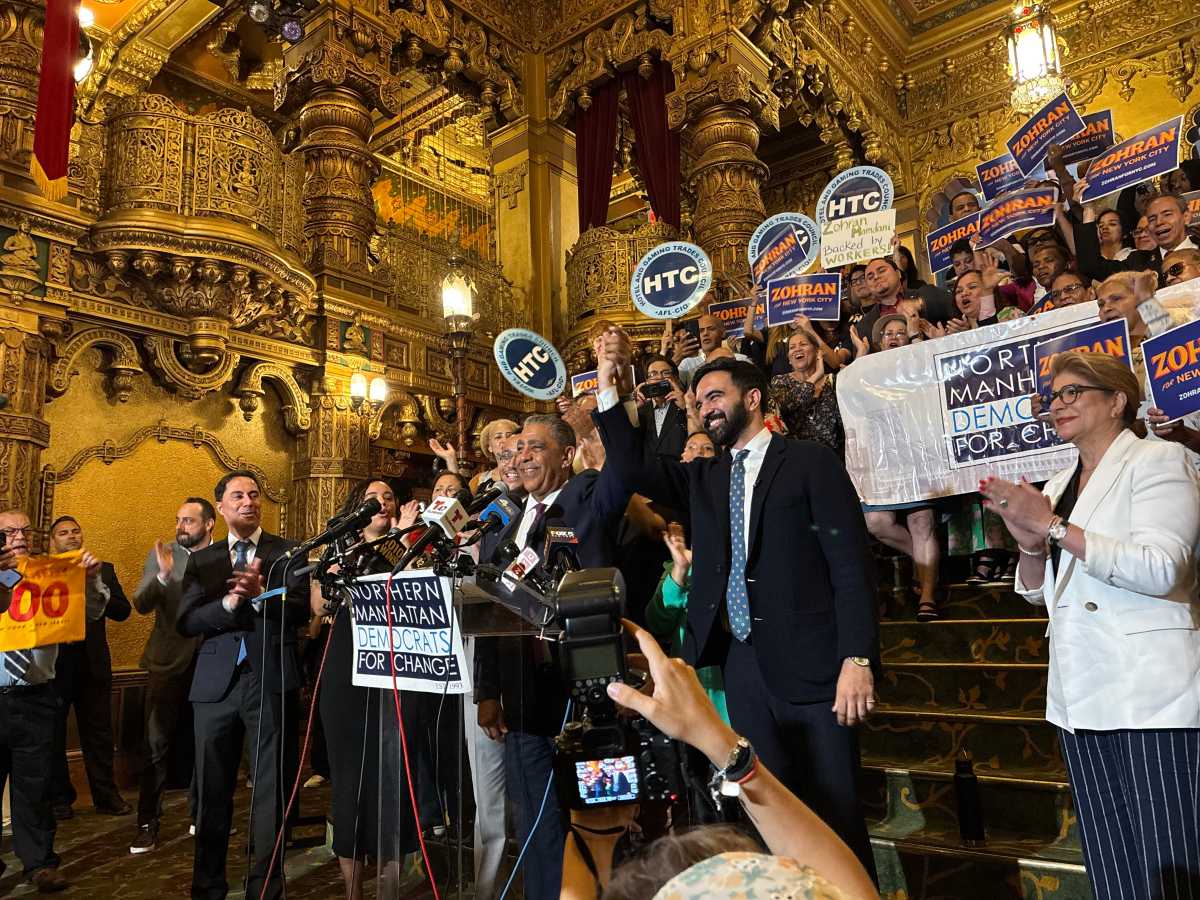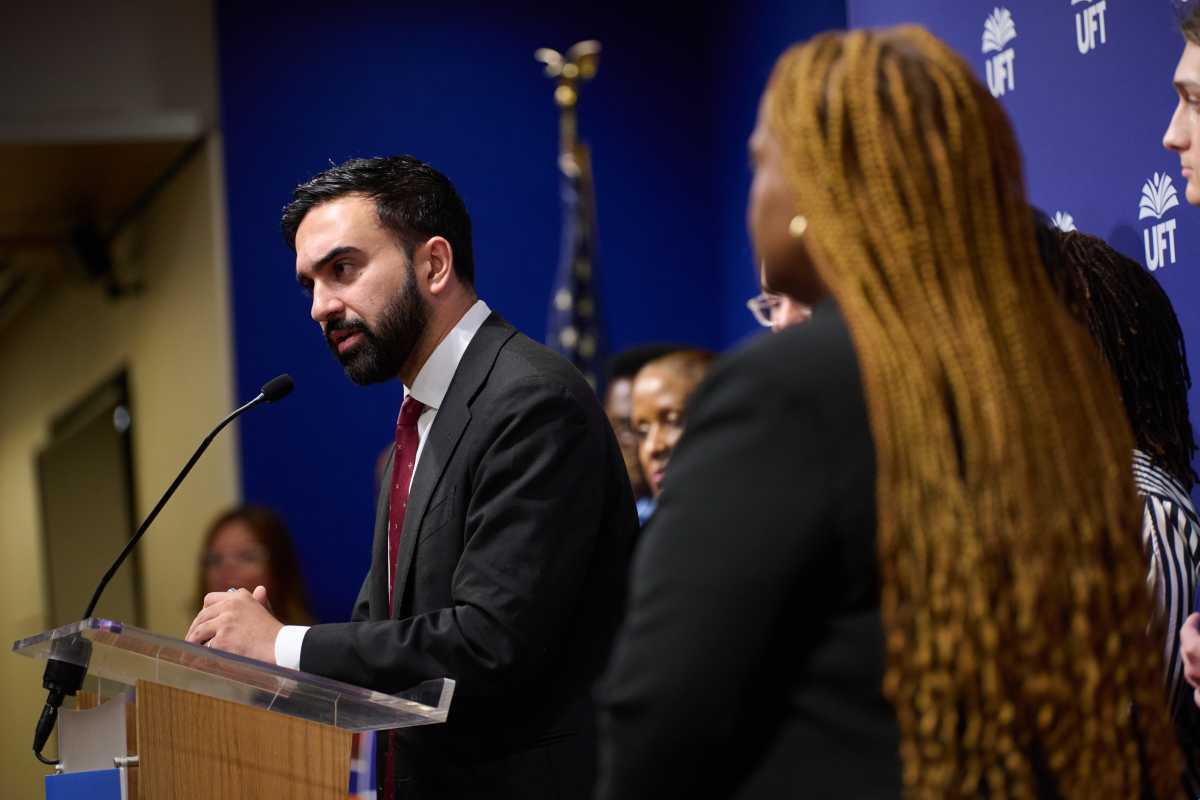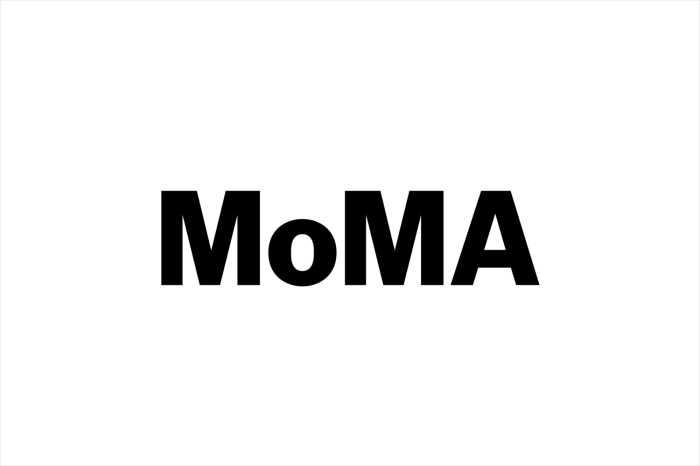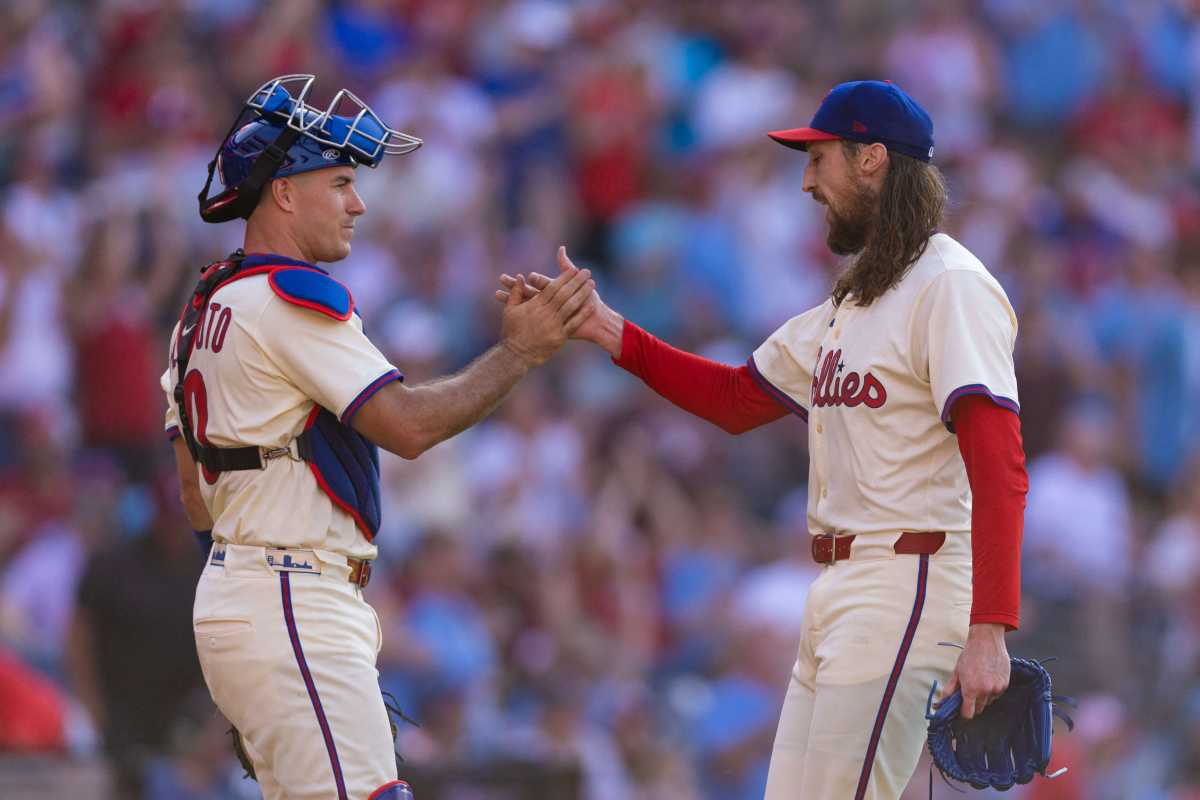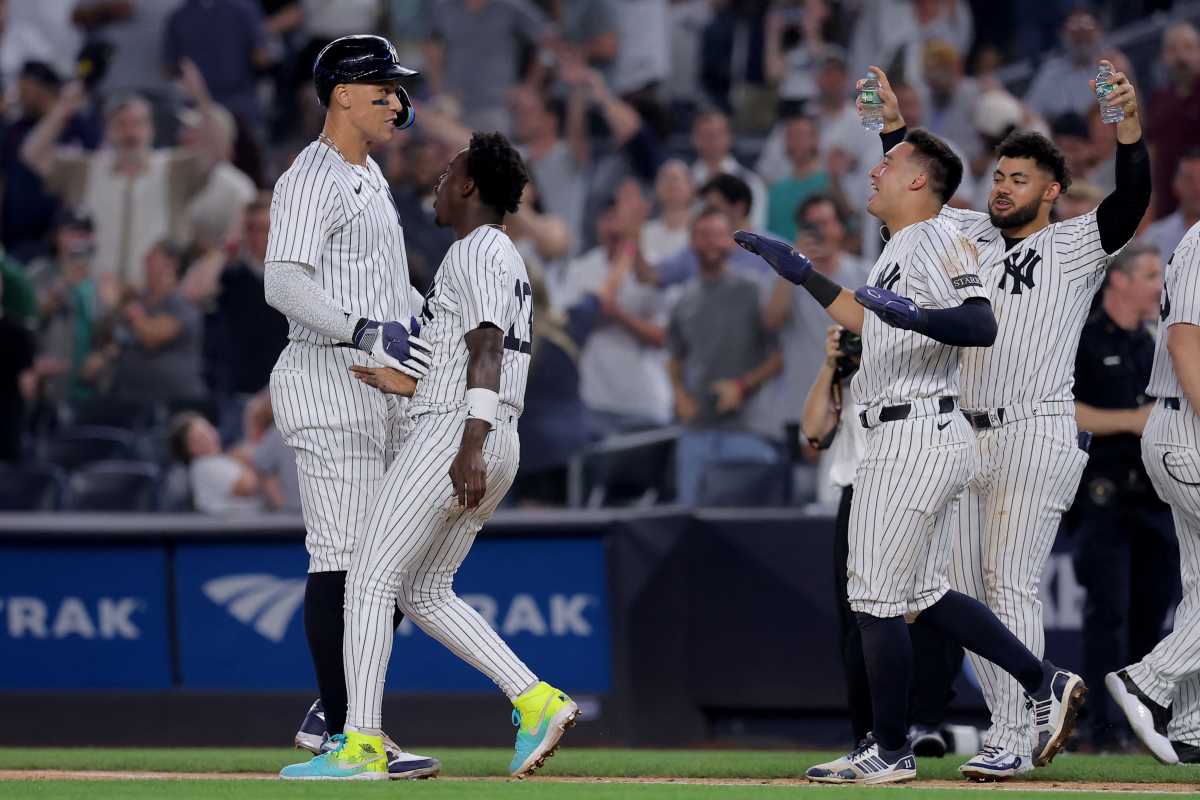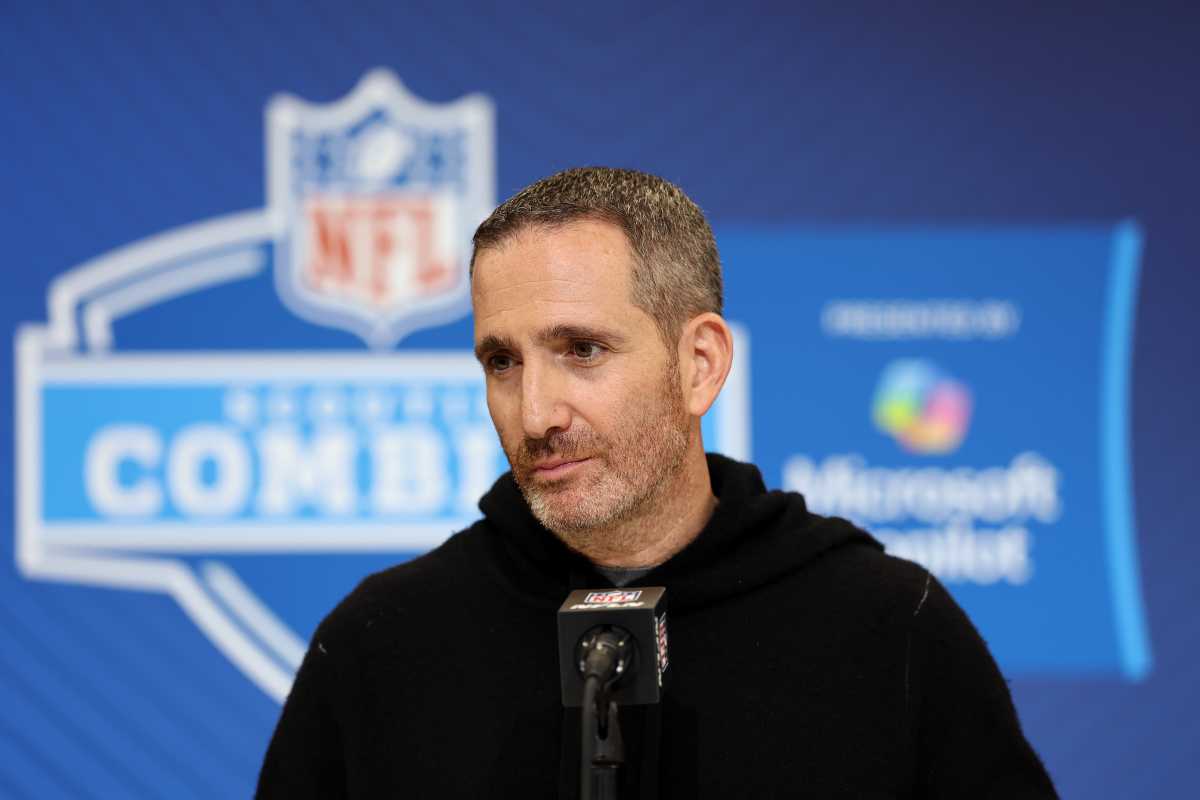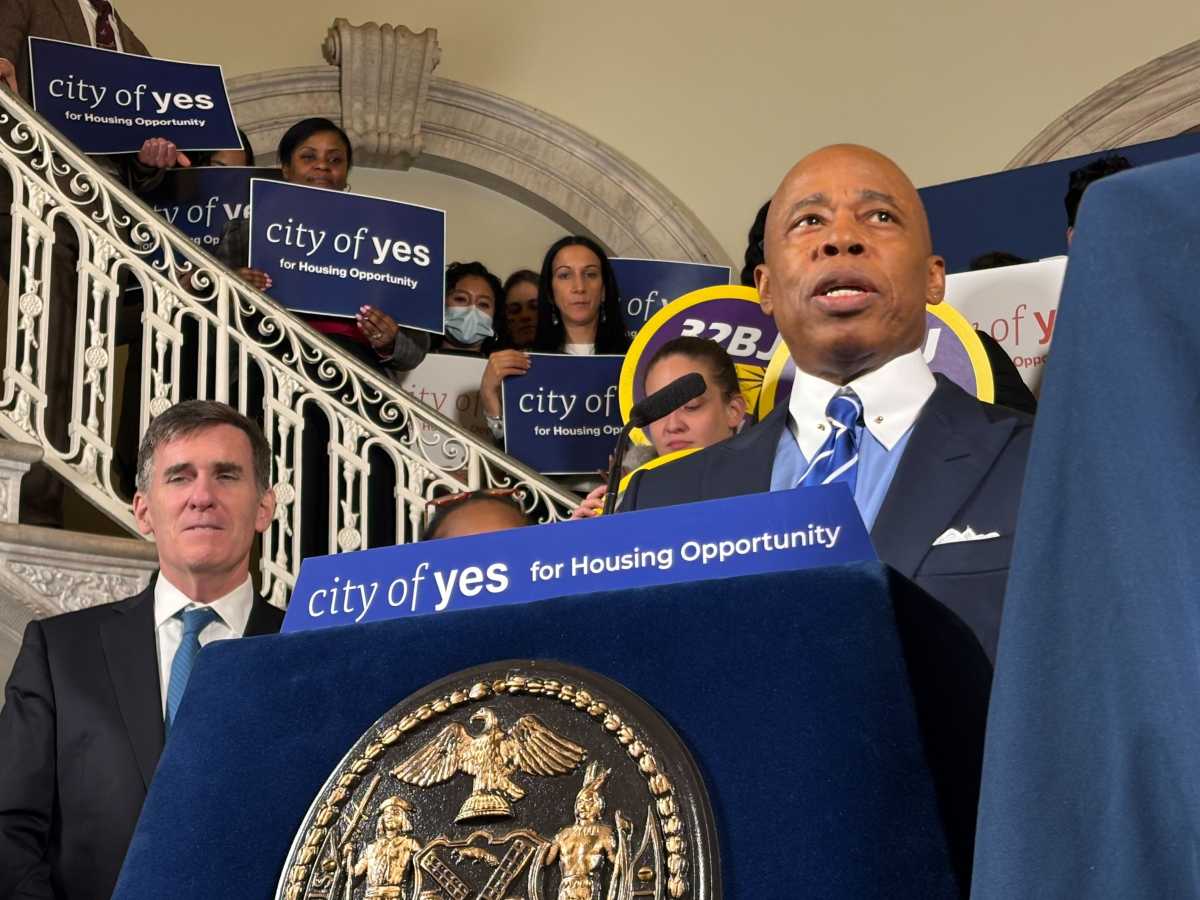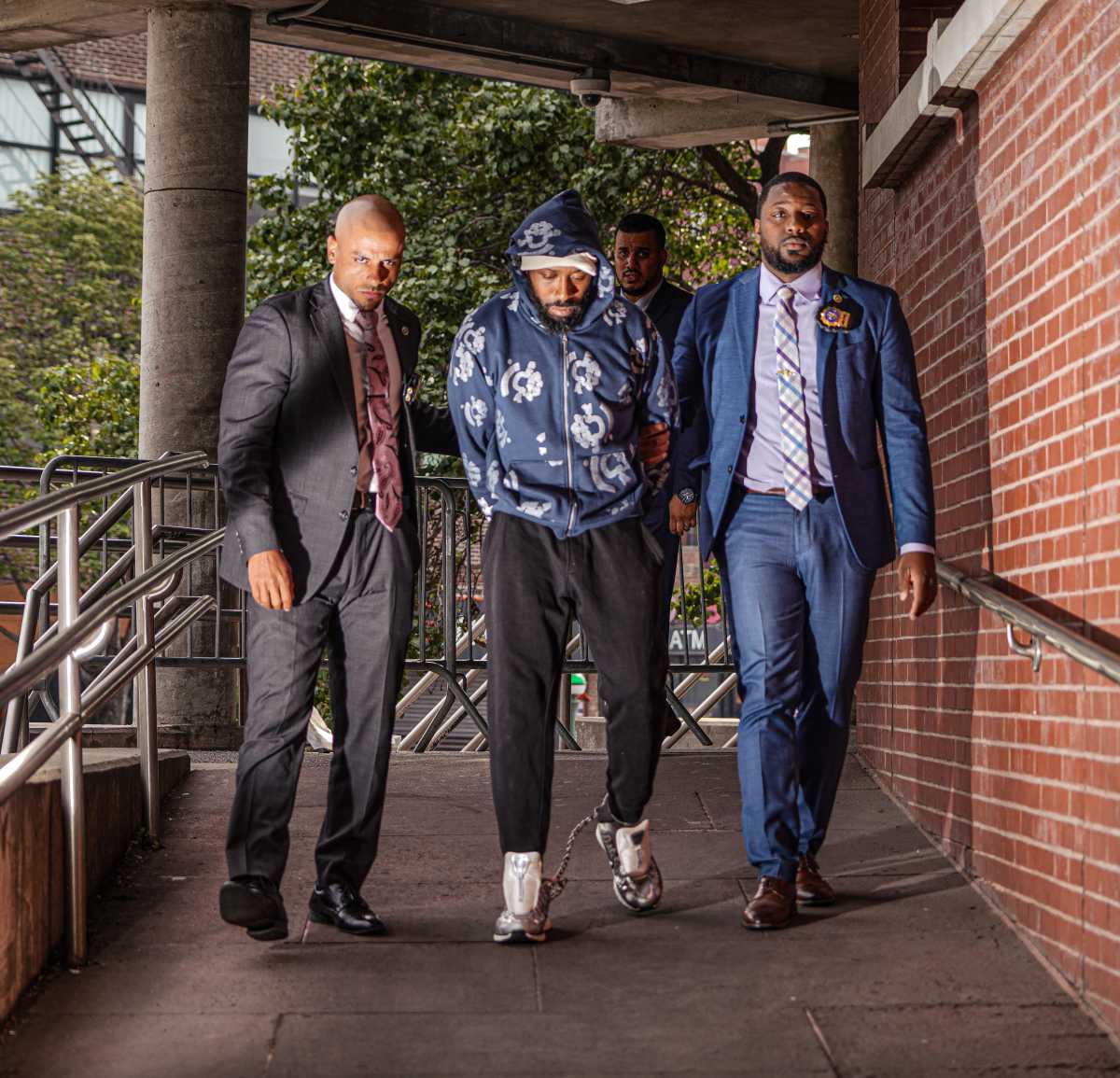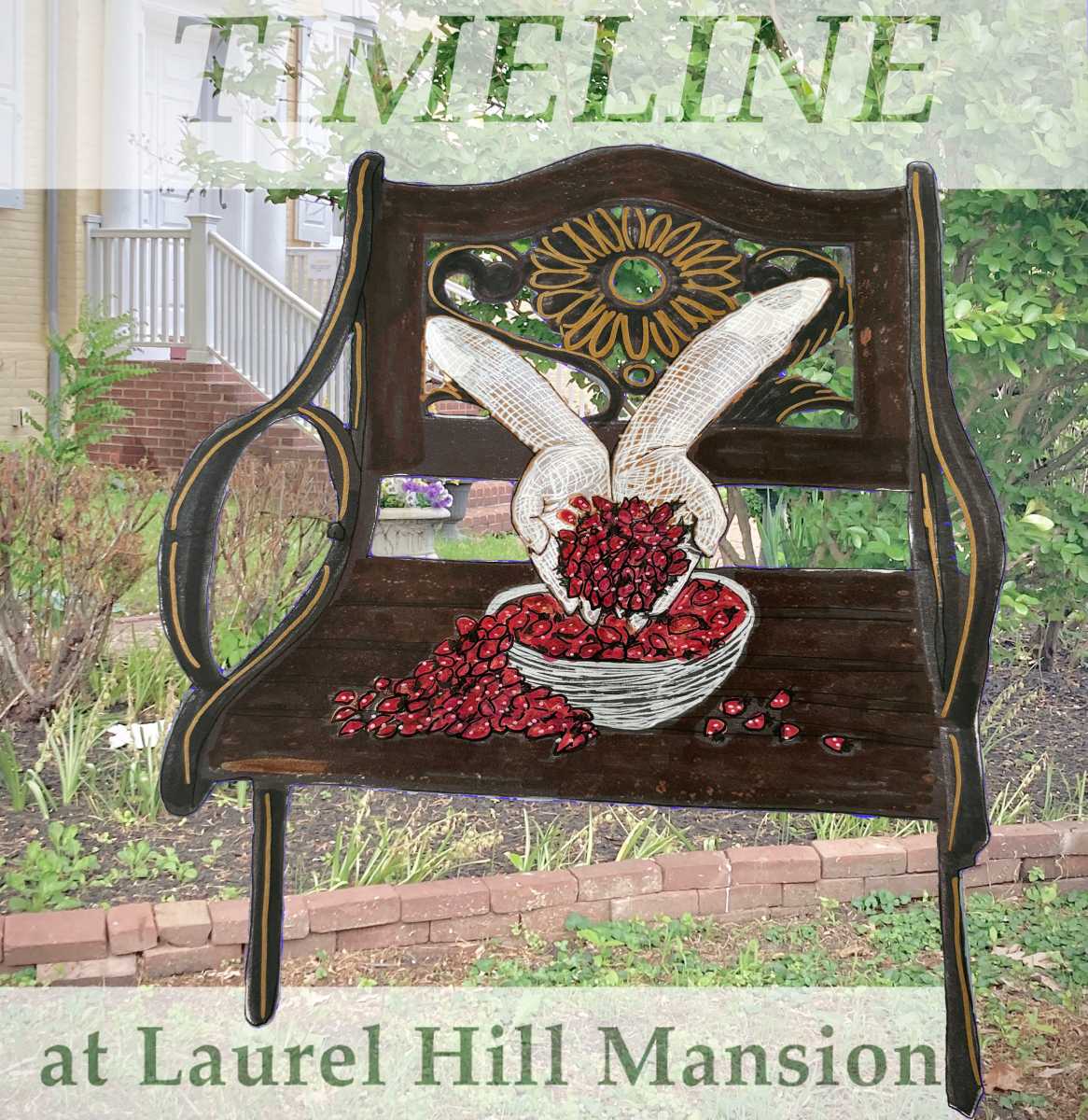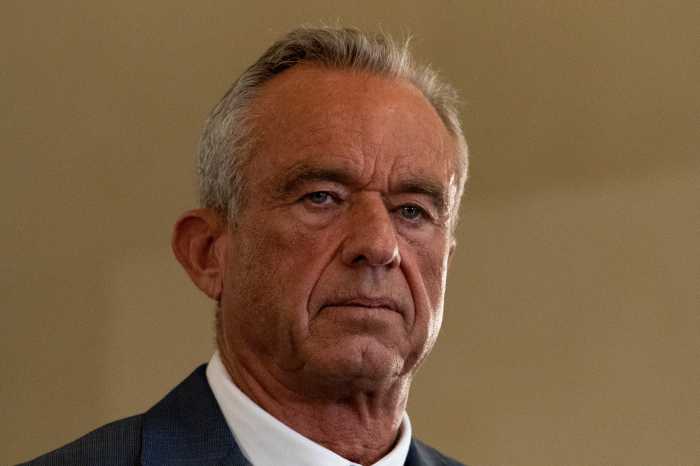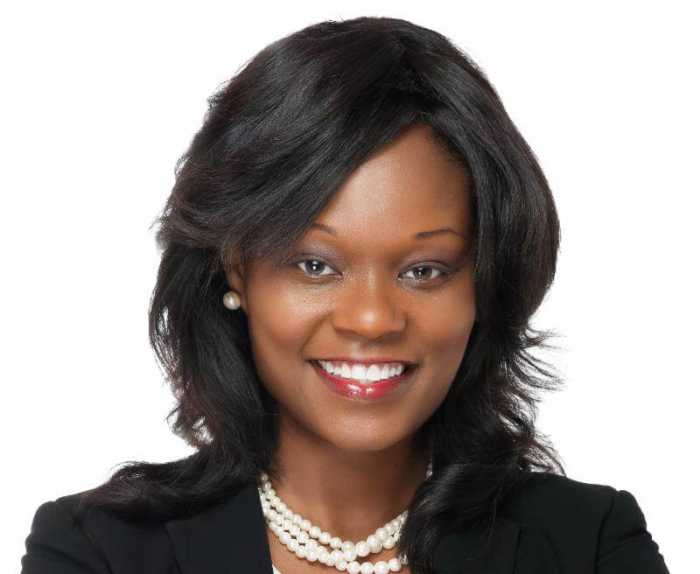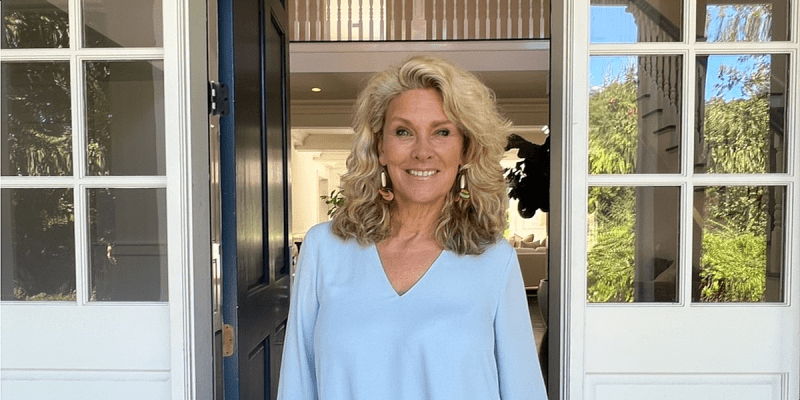With less than one week to go before the U.S. midterm elections, voter enthusiasm is at its highest level during any midterm in nearly five decades.
According to a recent study by Michael McDonald, a professor at the University of Florida who studies voter turnout, 45- 50 percent of eligible voters will participate in this year’s midterm election. Such a high number of voting participation have not been seen since 1970 when 47 percent of the eligible population voted, or in 1966 when a record 49 percent voted in a midterm.
McDonald’s prediction is based on four indicators: record special election turnout, high primary turnout, a high degree of self-reported interest in the election, and high levels of early voting.
Even young people, who have historically turned out in lower numbers than other voting groups, appear to be more driven to vote in this years midterm election. This year, a high number as 55 percent of people in the ages of 18-29 are expected to vote and gun laws are considered being the most important question, according to a poll by NBC News and Genforward.
What drives voters to the polls?

A host of issues including controversial comments made by President Donald Trump on topics like the global economy, national security, women’s rights, and immigration has polarized both Democrats and Republicans in this year’s election.
Both Republicans and Democrats have hyped the importance of these midterm elections, with President Donald Trump saying it “may be the most important midterm election that anybody can remember,” and former President Barack Obama saying it would be “profoundly dangerous” not to vote.
A recent study by Pew Research Center found that the increase was greater on the Democratic side and while voter enthusiasm is record high among voters in both major parties, It’s even higher among voters who favor Democratic over Republican candidates.
“More than ever, young voters have shown they are ready to stand up and be heard,” Institute of Politics Director, Mark Gearan said in a statement. “Our candidates and political parties would benefit tremendously from paying close attention to what is now the largest bloc of potential voters in America.”
With Republican control of both the House and Senate on the line and a Trump presidency driving greater interest in politics more broadly, voters from both sides of the aisle see a lot at stake. Whether they actually show up on Election Day remains to be seen.




